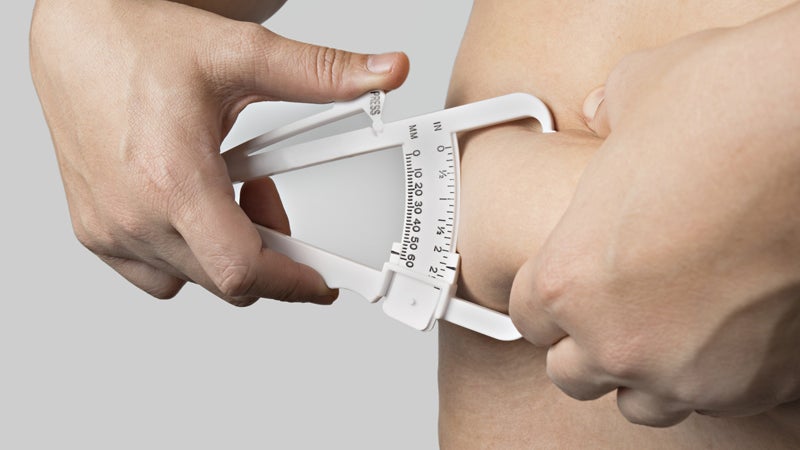Despite what the headlines declare, .
—a meta-analysis of 51 other studies—found that those with a Body Mass Index (BMI) of 18.5 or below had a 1.8 times higher risk of dying than people with a BMI in the normal range. Meanwhile, people classified as obese, with a BMI of 30-34.9, were 1.2 times as likely to die, while the severely obese—with a BMI of 35 or higher—were 1.3 times as likely to die.
What does that mean, exactly? Not what everyone seems to think it does. BMI is a simple formula, a calculation of height vs. weight that can be a useful indicator of health. . It can’t differentiate between muscle and fat, so two people might be the same height and weight—and thus the same BMI—but have a very different muscle to fat ratio, and different overall health. “Rather, a ‘robust body size’ is one where there is a good amount of muscle mass and a limited amount of abdominal fat,” Dr. Joel Ray of St. Michael’s Hospital in Toronto, who led the study, says. “BMI is not the best indicator of obesity-related mortality risk, but it is in underweight people.”
You also have to remember that being over- or underweight is not necessarily the thing that’s going to kill you. Low weight can be caused by factors like drug use, alcohol use, and poor self-care; a higher BMI can be accompanied by heart problems and diabetes.
But that doesn’t mean you should ignore BMI either. According to Dr. Steven Heymsfield, a professor at Pennington Biomedical Research Center at Louisiana State University, “BMI is only a first step in evaluating an individual’s health.” A high BMI is a good indicator that a patient needs other tests—for blood pressure, blood lipids and other risk factors.
If you want to be really careful, check both your BMI and and waist circumference. “That’s not a bad approach if you have the resources; the combined measure is a better index than either one alone in most studies,” Heymsfield says.
But no matter your BMI it’s a good idea to talk to your doctor about what that number actually means for you and to focus on what really counts: staying active.


